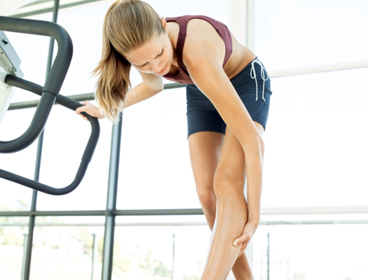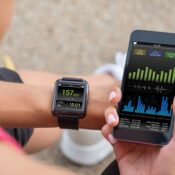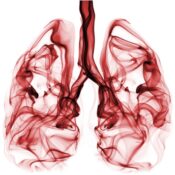Here’s advice about how to have more fun when you run from Dr. Rosalyn Nguyen, board-certified in Sports Medicine, and instructor, Harvard Medical School, Department of Physical Medicine & Rehabilitation. For more about calf pain, see the July issue of The Saturday Evening Post.
Why Does It Hurt?
Calf pain sidelines runners of all ages—not just those who have put on a few years—says Dr. Nguyen. Common causes and risk factors include:
* Muscle strains: The gastrocnemius, a large calf muscle that runs from the thigh and attaches to the heel with the Achilles tendon, is especially prone to mild strains or partial tearing because it crosses multiple joints (the knee and ankle). The soleus, a smaller muscle that lies under the gastrocnemius, is also vulnerable to injury.
* Running too far, too fast, or too soon: Overuse or incomplete recovery from a prior injury change body mechanics in ways that cause calf pain, or make it worse.
* Form flaws: Tight heel cords and excessive pronation (“flat feet”) affect a runner’s stride and put muscles and joints at risk.
* Less-than-best training habits: Time and again, calf pain stems from insufficient stretching, wearing old shoes, and too much running on hills or uneven terrain. Being dehydrated can disrupt magnesium and calcium levels, setting the stage for painful muscle cramps.
The Road to Recovery
You certainly don’t have to accept persistent pain. There is treatment, stresses Dr. Nguyen, who recommends seeing a board-certified sports medicine physician to rule out uncommon causes of calf pain—such as blood clots and exercise-induced compartment syndrome—and ensure proper management.
In general, the following treatments help get runners back on track.
* Ready! First steps to recovery are rest, ice, proper stretching, anti-inflammatory medications, massage, and physical therapy. Cross train to help maintain conditioning.
* Set! Optimize your running form, and incorporate warm-up and cool-down periods. For nagging discomfort, consider using a heel lift, a night splint, and/or a Neoprene calf sleeve. Still hurting? Ask your sports medicine physician about trigger point injections to release tight muscle bands.
* Go! Return to running when you are pain free, have full range of motion at the knee and ankle, and at least 90% of full strength. Follow a graded training program on even terrain.
Editor’s Note: A Neoprene compression sleeve worked wonders for my sore hamstring. What’s your running tip to sidestep injuries and feel great? Post it here!
Become a Saturday Evening Post member and enjoy unlimited access. Subscribe now



